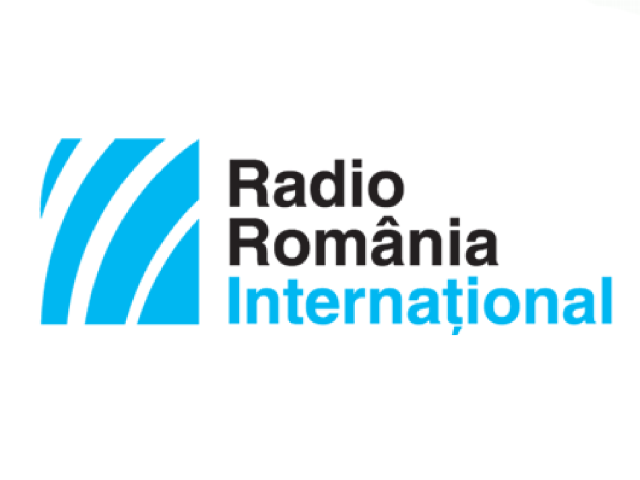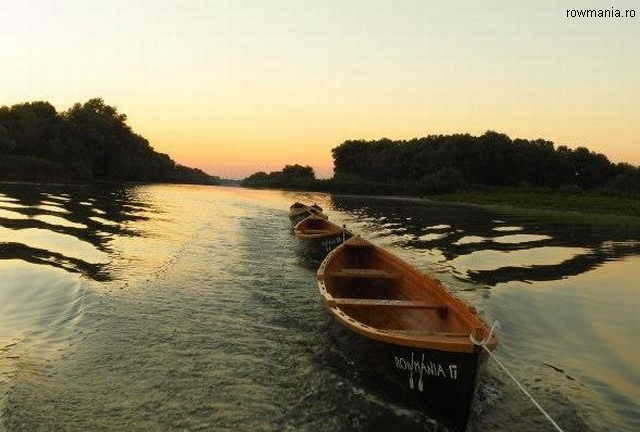The region of
Dobrogea, in the south east of today’s Romania, was in antiquity home to big
Greek colonies. Later it was integrated into the Roman Empire and the Byzantine
world, to be then become part of the Ottoman Empire in the Middle Ages.
Therefore, Dobrogea was a meeting place of major cultures, civilizations and
peoples. Dobrogea was a realm of multiculturalism long before the emergence of
the concept as such and traces of that coexistence are still visible today.
Many such traces can be found in cemeteries, places that tell of the history of
the community that buried its ancestors there.
Such a place has been studied
recently in the village of Balabancea, in northern Dobrogea, in the Taita River
Valley, not far from the Macin Mountains. Back in the day, the place was home
to a Turkish community, which is said to have actually established the
settlement there. The history of this special community can now be read with
the help of the unusual tombstones found there. Tiberiu Cazacioc, whose
paternal roots are in the village of Balabancea, has studied the history of the
place as part of a cultural tourism project funded by the National Cultural
Fund Administration.
Here is Tiberiu Cazacioc with more:
A
long time ago, in the 19th Century, and even earlier, the village,
like the entire region of Dobrogea in fact, was a melting pot of ethnic groups.
The whole region was like that under the rule of the Ottoman Empire. It was
home to Jews, Ukrainians, Russians, Turks, Romanians, immigrating from
Bessarabia, which was incorporated into the Russian Empire in the 19th
Century. Part of the localities in northern Dobrogea, but also those in the
south were established by the Turkish population coming from the Ottoman
Empire, and also Tartars, brought there and colonized. The same happened in the
village of Balabancea. Balaban is the name of a bird in Turkish, and probably
in the beginning the name of the village was Balabanca, but it became
Balabancea because of how the letter C was pronounced in Turkish.
By looking at
the tombstones in the cemetery, one can easily guess the specificity of the
Muslim community in Balabancea. They are not refined pieces of sculpture, just
raw stone blocks, which seem to have just been cut from the millennia-old
mountains and taken to the cemetery.
Apparently, this type of funerary monument is typical of a certain group
of Muslim Turks, Kazalbasi, settled there in the 19th Century.
Originating from Anatolia, they were banished to this periphery of the Ottoman
Empire, probably because they where Shiites, a minority among the Sunni Turks,
as Tiberiu Cazacioc told us:
Evidence I’ve collected myself and talks with Mr. Kemal Karpat, a renowned
Turkish studies specialist born in Romania but living in the US, it seems that
they had been banished. Documents mentioning this people and their religion
were also found in Iran, Afghanistan and Albania. To differentiate themselves
from the other Muslims, they were wearing a red fez. They were thus recognized
as Kazalbasi Turks, known to have their own faith.
Kazalbasi, easy
to recognize thanks to their red fezes – hence the nicknames red heads or
red turbans – lived in Dobrogea and in the village of Balabancea until the 20th
Century. Still, the Turkish-Muslim community in Dobrogea started to gradually
diminish, especially after 1878, along with the Romanian Principalities’
gaining their independence from the Ottoman Empire and Dobrogea’s becoming part
of the Romanian Kingdom. The community continued to downsize during the
communist regime, and today only memories of the elderly, the tombstones and
several toponyms still recall the presence of Turks in Balabancea.
Here is
Tiberiu Cazacioc once more:
I
think that the last Turks left in the 1960s. My uncle told me how he met with
the very last one just as he was leaving Balabancea on the bus that was passing
through the village. The village has decayed in the meantime, and the mosque no
longer exists, although the elderly still remember it. Near the central square
of the village, where there are a shop, the bus stop and a bar now, there is a
flat piece of ground. Talking once with my uncle who, just like any other
villager, likes to talk about the past, I learnt that that was the place where
the mosque used to stand.
Thanks to
documentaries and projects like the one developed by Tiberiu Cazacioc, the
Muslim tombstones and cemeteries in Dobrogea can be now capitalized on as part
of the national cultural heritage and integrated into a cultural-tourist
vision.

